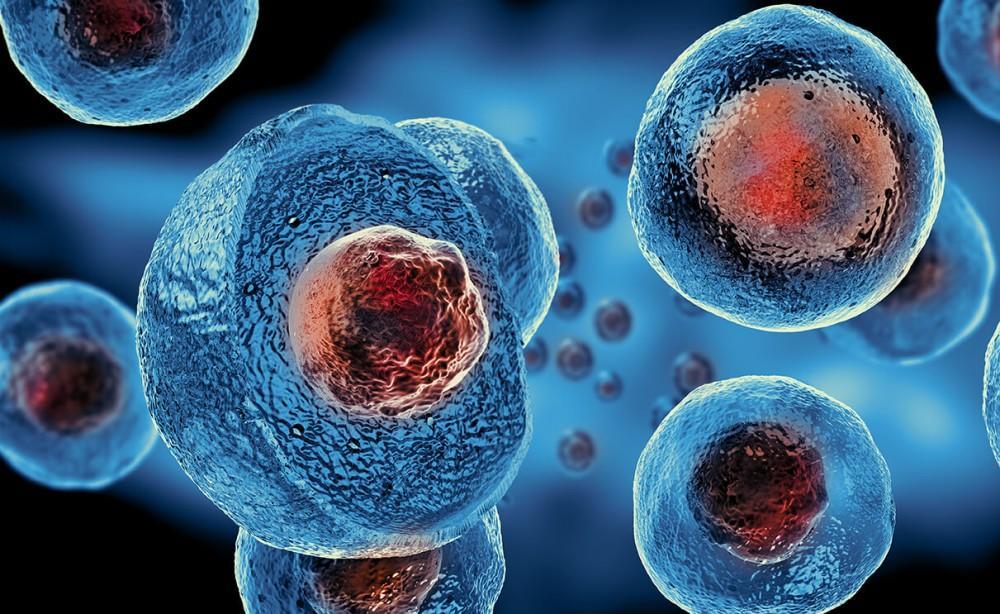In the dynamic field of medical science, breakthrough treatments are reshaping the outlook for recovery from once deemed irreversible injuries. Stem cell therapy, particularly in the realm of spinal cord injuries, emerges as a beacon of hope, promising not just symptom relief but genuine rehabilitation.
Stem Cell Therapy: A Promising Approach for Spinal Cord Injuries
The spinal cord, a vital link for signal transmission between the brain and the body, faces significant challenges in the aftermath of injuries. Traditional treatments have fallen short in regenerating damaged neural tissues. Enter stem cell therapy, a transformative approach utilizing the regenerative capabilities of undifferentiated cells, such as Mesenchymal Stem Cells (MSCs) derived from bone marrow or adipose tissue.
Injected into the injured spinal cord, these stem cells stimulate tissue repair, reduce inflammation, and create an environment conducive to neural regeneration. Early clinical trials and research studies show promising results, hinting at the potential for significant improvements in motor function and sensory perception. Although stem cell therapy for spinal cord injuries is in its early stages, the progress made underscores its potential to challenge the grim prognosis of permanent paralysis.
Spinal cord injury treatment using stem cell therapy stands out as a beacon of hope, promising genuine rehabilitation by stimulating tissue repair, reducing inflammation, and creating an environment conducive to neural regeneration.
Stem Cells: Extending Their Reach to Diverse Medical Conditions
The versatility of stem cell therapy extends beyond spinal cord injuries, impacting various medical conditions with regenerative potential.
- Orthopedic Injuries:
Stem cells play a vital role in treating orthopedic injuries by promoting the regeneration of damaged cartilage in joints.
- Cardiovascular Conditions:
In cardiology, stem cell therapy seeks to enhance heart regenerative capacity and improve overall cardiac function in patients with heart conditions.
- Neurodegenerative Disorders:
Stem cell research is advancing treatments for neurodegenerative disorders like Parkinson’s and Alzheimer’s diseases, offering hope in the quest for effective therapies.
Robotics in Rehabilitation: A Futuristic Approach
While stem cell therapy takes center stage, another frontier in injury treatment involves the integration of robotics into rehabilitation programs. Robotic exoskeletons, for instance, offer a promising avenue for individuals with mobility impairments. These devices, worn over the limbs, facilitate controlled movement, aiding in the rehabilitation of motor skills. With advancements in artificial intelligence, these robotic systems can be tailored to individual needs, offering personalized and effective rehabilitation strategies.
Virtual Reality (VR) in Cognitive Rehabilitation: Expanding Horizons
In the ever-evolving landscape of injury treatment, another frontier is emerging with the integration of Virtual Reality (VR) technology, particularly in the realm of cognitive rehabilitation. As we delve into this innovative approach, the potential to enhance recovery and improve quality of life becomes increasingly evident.
VR Cognitive Rehabilitation: Navigating the Mind’s Terrain
Cognitive impairments resulting from traumatic brain injuries or neurological conditions pose unique challenges, often requiring targeted interventions to restore and enhance cognitive functions. Virtual Reality offers a captivating platform for cognitive rehabilitation, immersing individuals in simulated environments that challenge and stimulate various cognitive abilities.
Patients can engage in activities that target memory, attention, problem-solving, and spatial awareness through custom-designed VR scenarios. The interactive nature of VR makes rehabilitation more engaging and allows for real-time monitoring of progress, enabling healthcare professionals to tailor interventions based on individual needs.
Future Outlook and Considerations
The transformative potential of stem cell therapy and the integration of robotics in rehabilitation heralds a new era in injury treatment. However, ethical considerations, rigorous clinical trials, and addressing accessibility challenges are crucial for these breakthroughs’ widespread and ethical application. As the journey toward comprehensive healing continues, fueled by innovation and collaboration, the possibilities for injury treatment appear more promising than ever.

